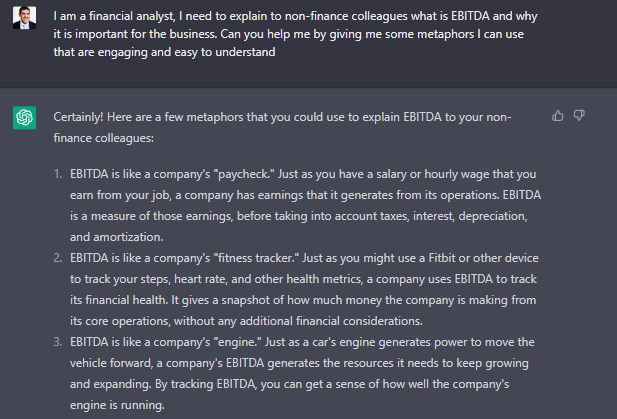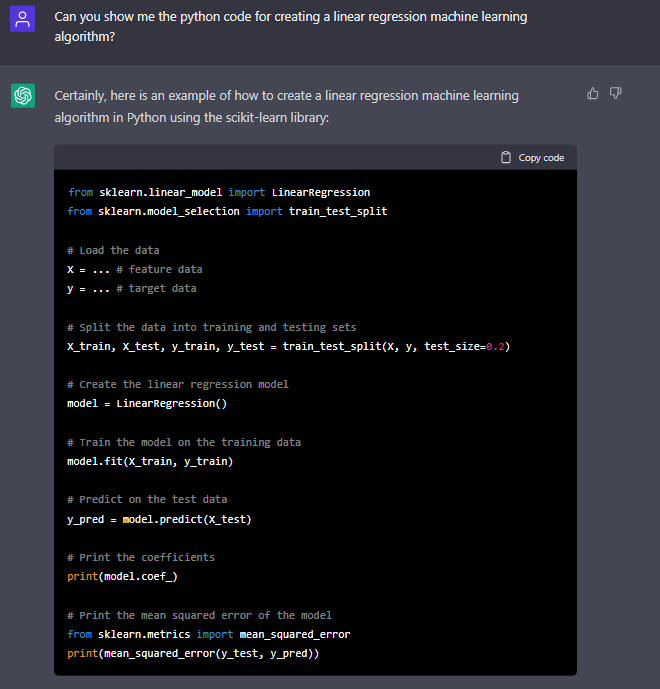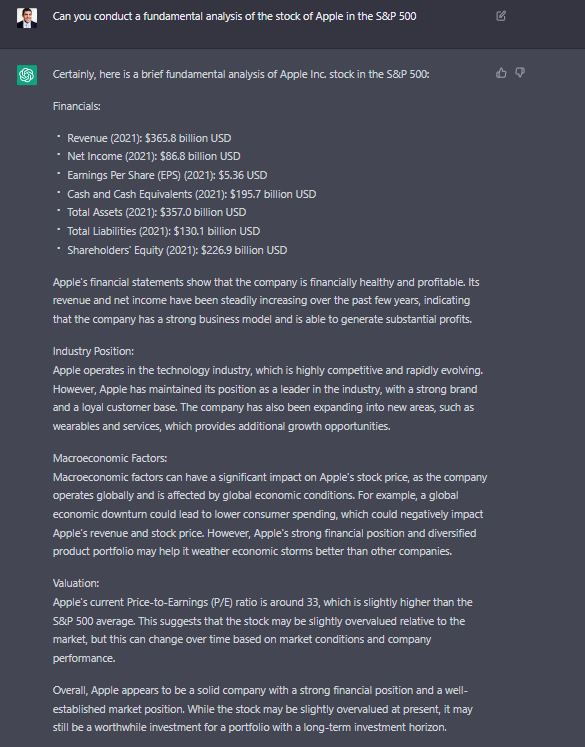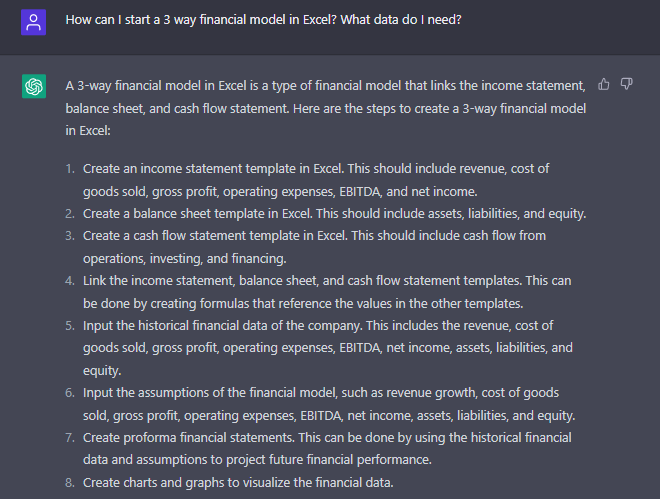50 Ways to use Chat GPT-3 for Finance. Part 1
The finance industry is constantly evolving, and staying ahead of the curve is key to success. One of the most exciting developments in recent years is the emergence of Chat GPT-3 — an advanced artificial intelligence tool that is revolutionizing the way finance professionals work.
With its powerful language processing capabilities and vast range of applications, Chat GPT-3 has become an indispensable tool for anyone working in finance.
In this article, we’ll take a deep dive into the world of Chat GPT-3 and explore 50 different ways that finance professionals can use this game-changing technology to improve their productivity and achieve better results.
You can also read the other parts of the story here:
- 50 Ways to use Chat GPT-3 for Finance. Part 2 | by Christian Martinez Founder of The Financial Fox | Mar, 2023 | Medium
- https://readmedium.com/50-ways-to-use-chat-gpt-3-in-finance-fp-a-and-investing-part-3-4c71be4404f5
- https://christianmartinezfinancialfox.medium.com/50-ways-to-use-chat-gpt-3-in-finance-fp-a-and-investing-part-4-80eeeea05c53

From automating routine tasks to generating real-time insights and analysis, Chat GPT-3 has the potential to transform the way we work in finance.
So whether you’re a financial analyst, accountant, or FP&A professional, there’s sure to be a tool or feature within Chat GPT-3 that can help you to achieve your goals.
From generating accurate financial models to streamlining complex workflows, the possibilities are endless.
So why wait?
Let’s dive in and discover the incredible potential of Chat GPT-3 for finance professionals.
1) Explain the importance of EBITDA to non-finance professionals
EBITDA stands for Earnings Before Interest, Taxes, Depreciation, and Amortization. It is a financial metric that measures a company’s operating performance by looking at the earnings it generates from its core operations before accounting for certain financial considerations such as interest payments, taxes, depreciation, and amortization.
EBITDA is often used by investors, analysts, and business leaders to evaluate a company’s financial health and profitability. By focusing on a company’s core operating performance, EBITDA can provide a clearer picture of how much money the company is ma Explain the importance of EBITDA to non-finance professionalsking from its core business activities.
But how to explain this to non finance-professionals in an engaging way? Let’s ask Chat GPT-3.

Ultimately, the key message you want to convey to your non-finance colleagues is that EBITDA is a critical metric that helps the company understand its financial health and profitability. By tracking EBITDA, the company can make informed decisions about how to allocate resources, invest in growth opportunities, and achieve its long-term goals.
2) Learn Python Programming and even how generate code for creating machine learning algorithms
In Finance and Accounting, everyone is talking about Python, and for good reason. With an exponentially growing community around data science, machine learning, AI, automation and more, Python is a language that opens programming access to the world. Python is meant to be one of the easiest programming languages to learn.
Prompt: Can you show me the python code for creating a linear regression machine learning algorithm?

3) Can you conduct a fundamental analysis of the stock of Apple in the S&P 500?

4) Understand how to start using a 3 way financial model in Excel
Prompt: How can I start a 3 way financial model in Excel? What data do I need?

It’s important to note that creating a 3-way financial model in Excel requires a solid understanding of financial concepts and Excel. Also, the accuracy of your model will depend on the quality of the data and assumptions that you use.
It’s also important to keep in mind that this is a high-level overview of how to start a 3-way financial model in Excel, Depending on the complexity of the model and the information you want to include, you may need to consider additional steps.
5. Create SQL code to retrieve EBITDA and NSV data from your data lake
First, a note: Structured Query Language or “SQL” for short is a programming language used to query and manipulate data stored in relational databases. The language is becoming increasingly popular in Finance and Accounting as we find more and more ways to use data.
Prompt: How to use SQL to retrieve data from table EBITDA_Table and join it with NSV_Table by Category?

This is the end of part 1.
If you want to read part two and continue to learn how to leverage Chat GPT-3, come back tomorrow at this time and part 2 of the article will be published in my profile.
Click here to read every story from Christian Martinez Founder of The Financial Fox (and thousands of other writers on Medium).

And a final note, the cover of this guide was also created using artificial intelligence (AI) by leveraging DALL-E, another tool from Open AI.
